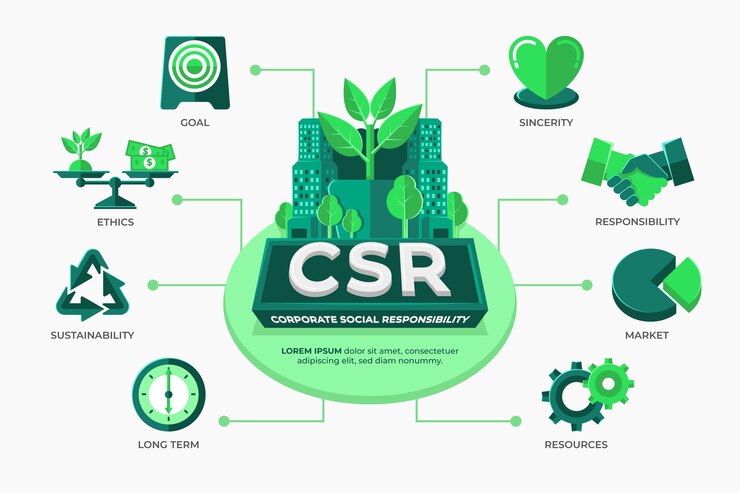Japan has unveiled a bold climate and energy plan aimed at slashing greenhouse gas emissions by 73% by 2040, compared to 2013 levels. The strategy, approved by the government, also sets a target of reducing emissions by 60% by 2035, marking a significant step toward the country’s environmental goals under the Paris Agreement.
Key components of the plan include a dramatic shift in Japan’s energy policy. The country aims for renewable energy sources to supply 50% of its electricity by 2040, while nuclear energy’s contribution is set to increase to 20%. This marks a notable change from Japan’s previous stance on nuclear energy, which sought to minimize reliance on it following the 2011 Fukushima disaster. However, restarting nuclear reactors has proven challenging, with nuclear energy currently providing only 8.5% of Japan’s electricity.
The government’s integrated decarbonization and industrial strategy focuses on creating industrial hubs in regions rich in renewable and nuclear power. The plan also outlines efforts to boost economic growth while ensuring energy security.
Despite facing challenges such as the high costs and inflation impacting the offshore wind sector, as well as geopolitical risks like shifting U.S. climate policies, Japan remains committed to its climate goals. However, the plan’s success will depend on overcoming these financial and political hurdles.


